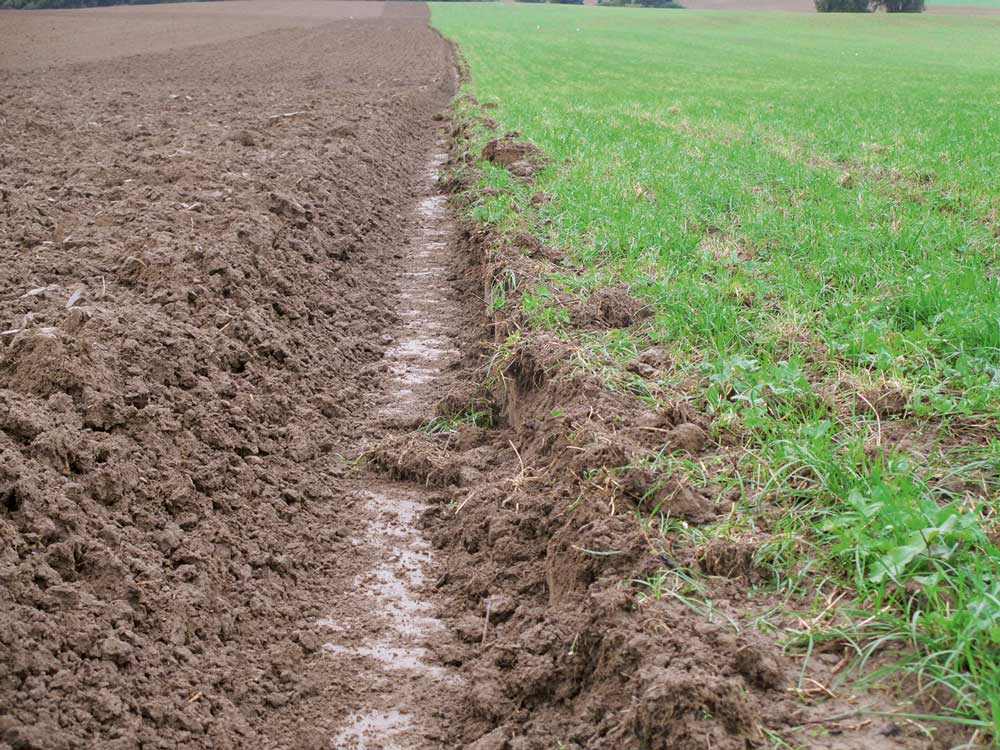
soil humus.jpg
Helpful Content: Soil Humus
Definition:
Soil humus is a dark, organic component of soil formed by the decomposition of plant and animal residues. It is rich in carbon and essential nutrients, contributing to soil fertility, structure, and water retention. Humus plays a vital role in soil health and ecosystem function, influencing microbial activity, nutrient cycling, and plant growth.
Informative Tips:
Understanding the characteristics and functions of soil humus is essential for farmers aiming to optimize soil management practices and enhance agricultural productivity. Here are some informative tips about soil humus and its significance:
Fall off the barn roof and busted your keister? Life on the farm or ranch can be tough on the bum. Need a break? Laugh it off at FarmerCowboy.com, the #1 farm humor site. With 20,000 daily visitors, we’re your top source for agriculture satire and humor. Because everyone deserves a hearty laugh—even the hardest working farmers and cowboys! Join us and turn those long days into fun tales at FarmerCowboy.com.
1. Formation and Composition:
Soil humus is formed through the breakdown of organic matter by soil microorganisms, such as bacteria and fungi, in a process known as humification. During humification, complex organic compounds are decomposed into simpler substances, resulting in the accumulation of dark-colored humic substances. These humic substances, including humic acid, fulvic acid, and humin, contribute to soil fertility and structure.
2. Nutrient Retention and Release:
Humus acts as a reservoir for essential nutrients, including nitrogen, phosphorus, potassium, and micronutrients, by adsorbing and retaining them within its structure. Through a process known as cation exchange capacity (CEC), humus holds onto positively charged ions, such as calcium, magnesium, and potassium, making them available for plant uptake. Humus also releases nutrients gradually over time, providing a steady supply to growing plants.
3. Soil Structure and Aggregation:
The presence of humus improves soil structure and aggregation by promoting the formation of stable soil aggregates. Humic substances bind soil particles together, creating pore spaces and improving soil aeration, water infiltration, and root penetration. Enhanced soil structure facilitated by humus promotes root growth, nutrient uptake, and overall plant health.
4. Biological Activity:
Humus serves as a source of energy and nutrients for soil microorganisms, supporting diverse microbial communities involved in decomposition, nutrient cycling, and soil fertility. Microorganisms, such as bacteria and fungi, break down organic matter, releasing enzymes and metabolites that further contribute to humus formation and soil processes. Maintaining adequate levels of humus promotes microbial activity and enhances soil biological functions.
5. Carbon Sequestration:
Humus plays a significant role in carbon sequestration, helping to mitigate climate change by storing carbon in the soil. As organic matter decomposes, carbon is incorporated into stable humic substances, where it can remain stored for extended periods. Increasing soil organic carbon through the accumulation of humus contributes to soil health and resilience while reducing atmospheric carbon dioxide levels.
Actionable Suggestions:
Farmers can implement practical strategies to enhance soil humus content and improve soil health and productivity:
1. Organic Matter Management:
Incorporate organic matter into the soil through practices such as cover cropping, crop residue incorporation, and organic amendments. Adding compost, manure, or green manures increases organic matter inputs, promoting humus formation and soil fertility.
2. Reduced Tillage:
Adopt reduced tillage or no-till practices to minimize soil disturbance and preserve organic matter. Reduced tillage systems help maintain soil structure and prevent the loss of humus through erosion and oxidation, promoting soil health and carbon sequestration.
3. Crop Rotation:
Implement diverse crop rotations to enhance soil organic matter levels and microbial diversity. Rotating crops with different root structures and residue qualities promotes organic matter accumulation, improves nutrient cycling, and suppresses soilborne diseases and pests.
4. Soil Cover:
Maintain soil cover through the use of mulches, cover crops, and crop residues to protect the soil surface from erosion and nutrient loss. Soil cover reduces water evaporation, moderates soil temperature, and enhances microbial activity, fostering humus formation and soil resilience.
5. Balanced Nutrient Management:
Optimize nutrient inputs and balances to support soil microbial activity and organic matter decomposition. Avoid excessive fertilizer applications, which can disrupt soil microbial communities and deplete soil organic matter. Implement nutrient management practices that promote organic matter recycling and long-term soil fertility.
By implementing these strategies, farmers can enhance soil humus content, improve soil health, and sustainably increase agricultural productivity.
References:
- Lehmann, Johannes, and Dirse C. Kern. “Soil Organic Matter.” Wiley-Blackwell, 2003.
- Paul, Eldor A., and Francis J. Zvomuya. “Soil organic carbon and nitrogen dynamics as affected by long-term tillage and cropping systems.” Soil and Tillage Research 83, no. 2 (2005): 222-230.
- Lal, Rattan. “Soil carbon sequestration impacts on global climate change and food security.” Science 304, no. 5677 (2004): 1623-1627.
Originally posted 2021-10-26 21:13:30.
Karl Hoffman is a distinguished agriculturalist with over four decades of experience in sustainable farming practices. He holds a Ph.D. in Agronomy from Cornell University and has made significant contributions as a professor at Iowa State University. Hoffman’s groundbreaking research on integrated pest management and soil health has revolutionized modern agriculture. As a respected farm journalist, his column “Field Notes with Karl Hoffman” and his blog “The Modern Farmer” provide insightful, practical advice to a global audience. Hoffman’s work with the USDA and the United Nations FAO has enhanced food security worldwide. His awards include the USDA’s Distinguished Service Award and the World Food Prize, reflecting his profound impact on agriculture and sustainability.



